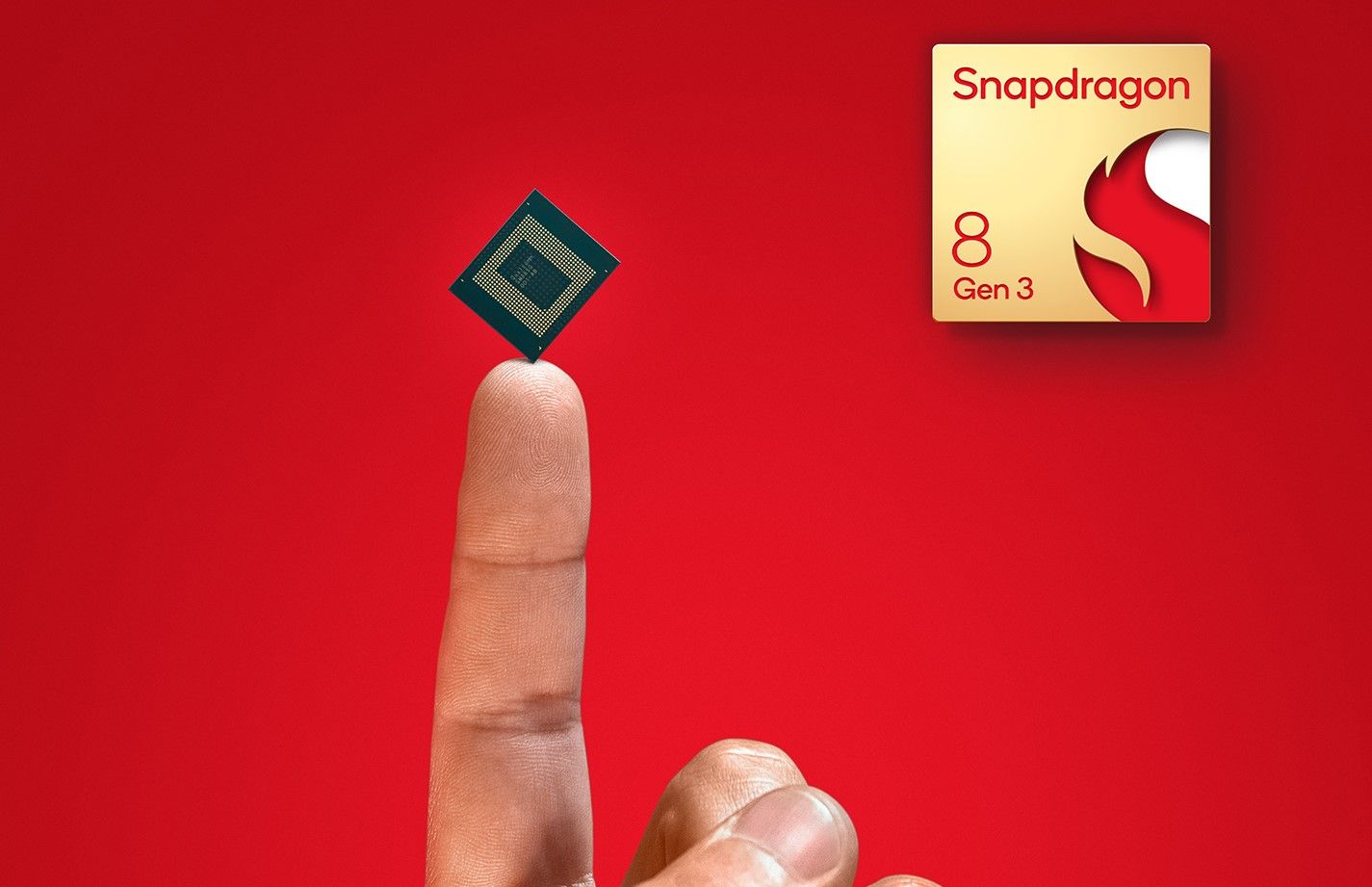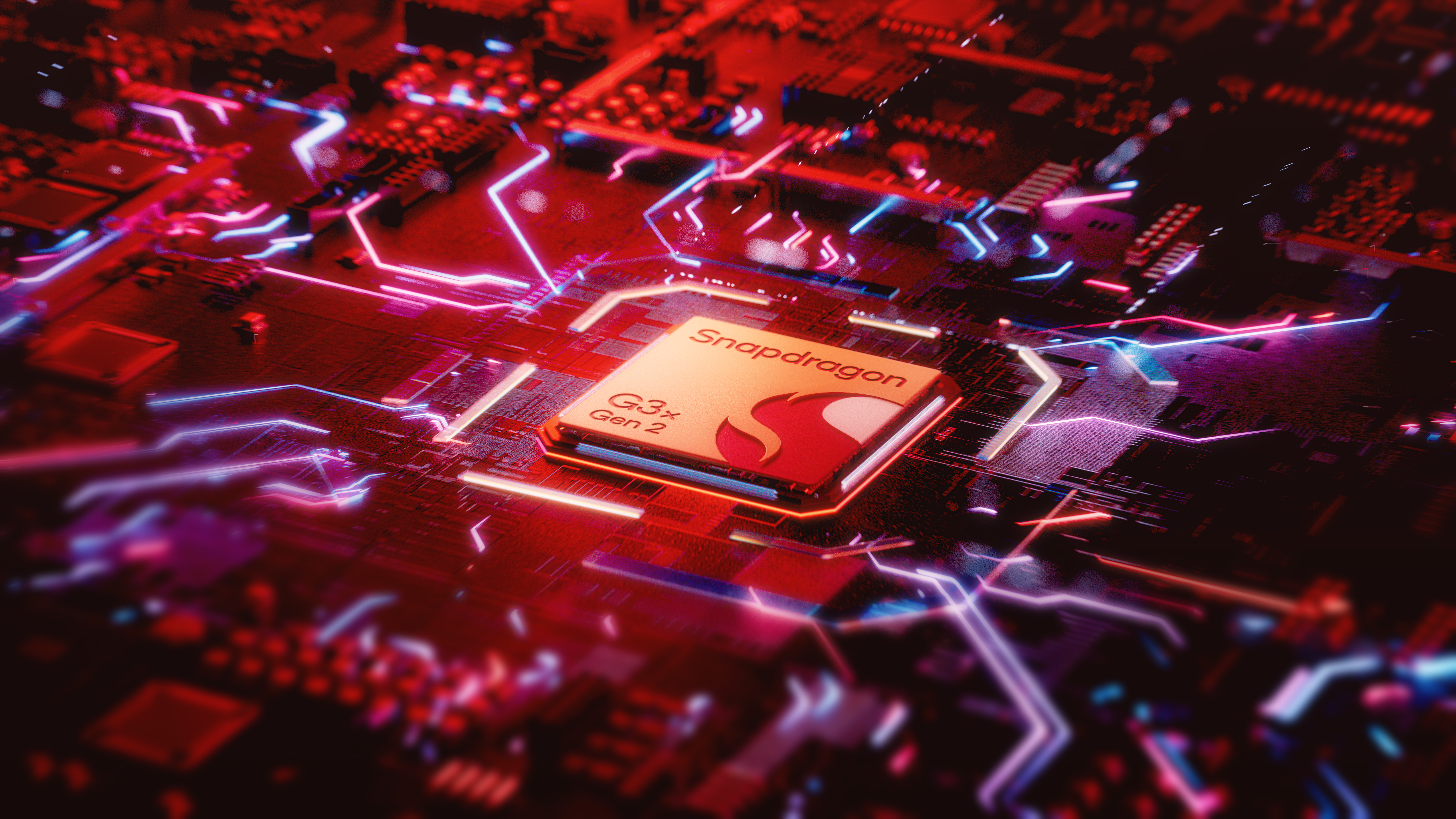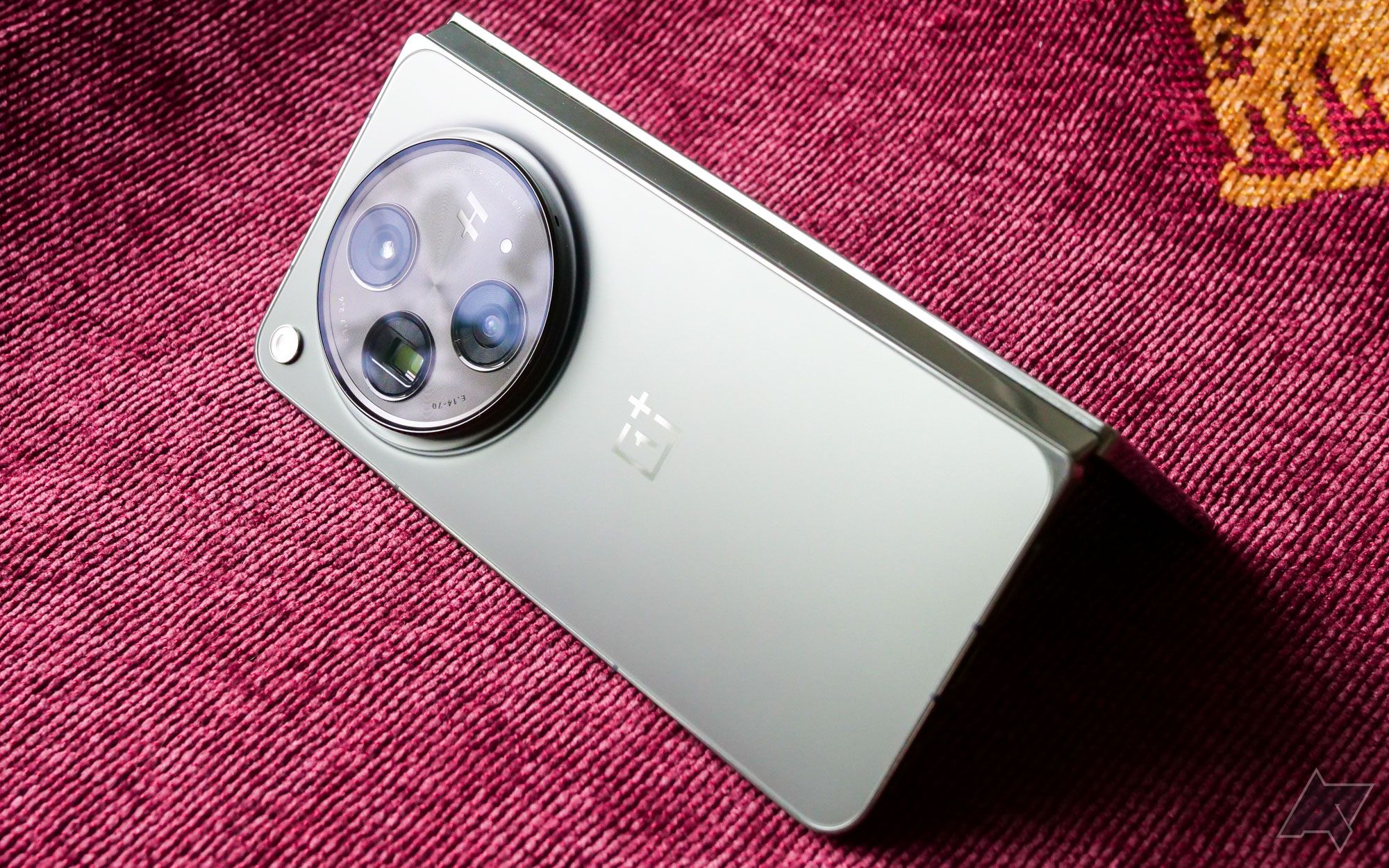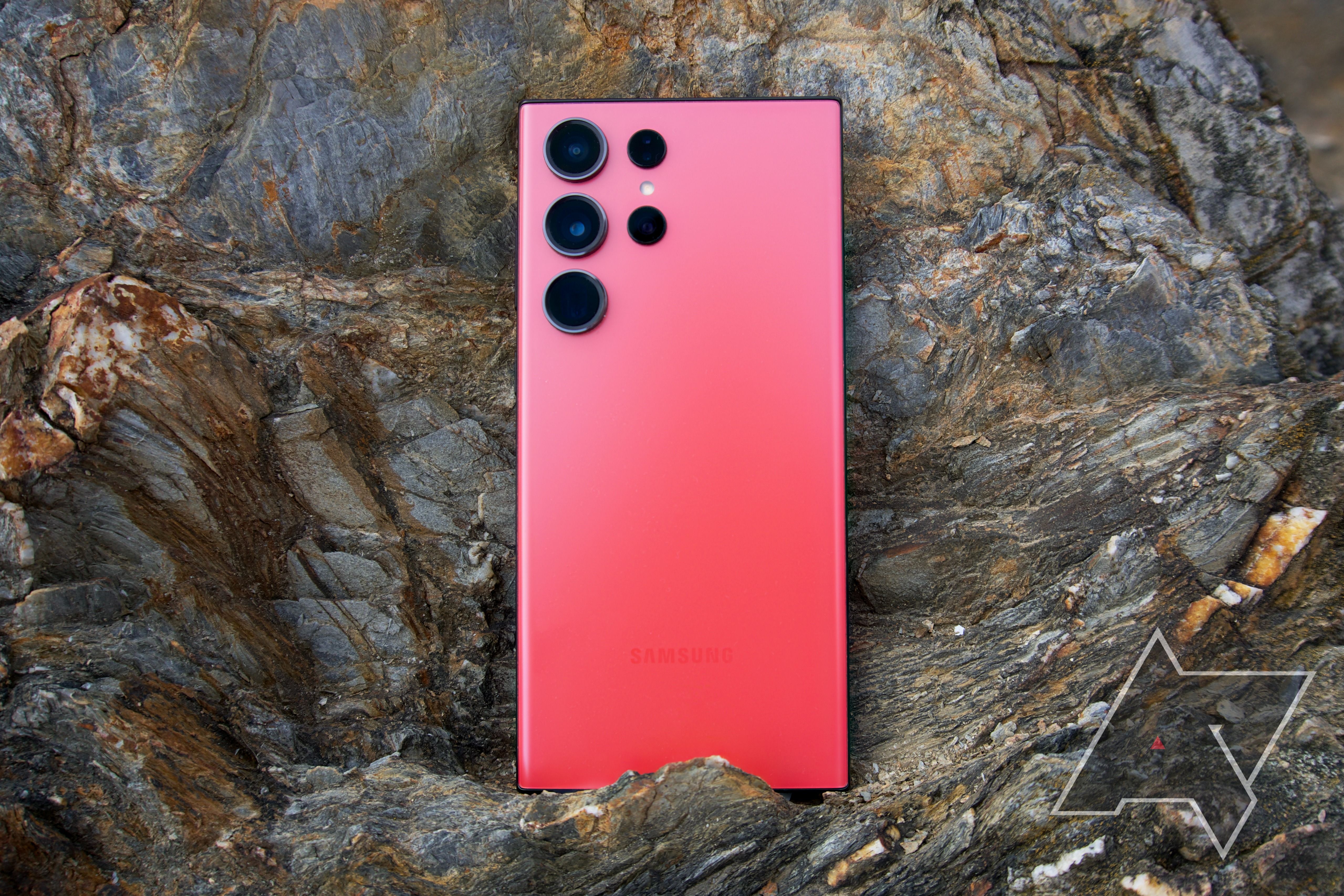These days, if you have one of the best Android flagships around, it's probably powered by one of two mobile chipsets: Google's in-house Tensor series, or a Snapdragon 8 SoC. As much as we love the Google Pixel 8 Pro, Qualcomm has been absolutely destroying this space lately, pushing ahead of the competition over the last year and looking to do it again with the new Snapdragon 8 Gen 3. Curious what makes this chipset tick? Here's everything you need to know about Qualcomm's latest launch.
What is Snapdragon 8 Gen 3?
The Snapdragon 8 Gen 3 is Qualcomm's latest flagship mobile chipset, following the Snapdragon 8 Gen 2 you'll find in the vast majority of high-end Android hardware. With the exception of Google's Pixel lineup, which uses in-house Tensor SoCs manufactured by Samsung, nearly every Android OEM used Qualcomm's processing power throughout 2023, and we expect to see that continue with this particular chip.
It's been a good year for Qualcomm. In addition to releasing a mobile SoC that, largely speaking, was acclaimed by critics for its fantastic mix of performance and efficiency — eight hours of screen-on time is no longer an outlier — the company managed to score a branded deal with Samsung and managed to re-up its modem deal with Apple. As it heads into 2024, Qualcomm is looking to recreate that success by taking a page out of Google's playbook.
What you need to know about the Snapdragon 8 Gen 3
Let's start with the basics: the architecture. The Kyro CPU inside the Snapdragon 8 Gen 3 features seven CPU cores, two less than the nine cores you'll find in the Tensor G3. That said, Qualcomm is an entire Cortex generation ahead of Google here, relying on a 3.3GHz Cortex-X4 for the primary core. Alongside that chip, you'll find five performance Cortex-A720 cores — three at 3.2GHz, two at 3.0GHz, with no other differences aside from clock speed.
It's rounded out by two 2.3GHz Cortex-A520 efficiency cores, making for a somewhat-unconventional 1+5+2 layout. We'll have to wait a little longer for exact benchmarks, but Qualcomm's new chip is sounding pretty powerful on paper.
Snapdragon 8 Gen 3 | Snapdragon 8 Gen 2 | Snapdragon 8 Gen 1 | |
|---|---|---|---|
Cores |
|
|
|
GPU | Adreno | Adreno 740 | Adreno 730 |
Process node | 4nm TSMC | 4nm TSMC | 4nm Samsung |
Modem | Snapdragon X75 5G | Snapdragon X70 5G | Snapdragon X65 5G |
Storage | UFS 4.0 | UFS 4.0 | UFS 3.1 |
Memory | LPDDR5x up to 4800 MHz | LPDDR5x up to 4200 MHz | LPDDR5x up to 3200 MHz |
W-Fi support | Wi-Fi 7 | Wi-Fi 7 | Wi-Fi 6e |
Bluetooth | Bluetooth 5.4 | Bluetooth 5.3 | Bluetooth 5.2 |
Media Decode | H.265, VP9, AV1 | H.265, VP9 | H.265, VP9 |
Qualcomm continues to shine in the gaming department as well, calling attention to its "console-defying" prowess in its announcement. This year's Adreno GPU boosts performance and efficiency by 25 percent respectively, and looks to compete with the likes of the iPhone 15 Pro for the best mobile gaming experience you can find outside handheld PCs. That includes improved hardware-accelerated ray tracing, the option to output at 240Hz for supported displays, and support for Unreal Engine 5's Lumen lighting rig.
Of course, AI is the big buzzword this year, and Qualcomm is looking to compete head-to-head with Google in this space. It's difficult to sum up just how much focus Qualcomm has placed on AI this generation, especially since it'll be up to OEMs and developers to support these tools in their hardware. Still, if you're bullish on AI, there's a lot to look forward to with the Snapdragon 8 Gen 3.
These tools include the world's fastest on-device stable diffusion, generating images from prompts in fractions of a second — not a minute, but a second. A new Video Object Eraser from Arcsoft looks to act like Google's Magic Eraser for videos, automatically deleting background elements from each frame after a single touch. The Sensing Hub now supports new personalization efforts relying on the sensors already on your phone to accurately and securely track data like fitness, activities, and location.
Like Google, Qualcomm will only support 64-bit apps this year, meaning some older legacy software will no longer run on modern flagship phones. It's a transition that's been a long time coming — Qualcomm's 32-bit support was something of a surprise last year — with the company telling Android Police in a briefing that it feels like the time is right.
What devices will the Snapdragon 8 Gen 3 power?
Although the Snapdragon 8 Gen 3 is official, we've only seen one company specify a device that will be running on Qualcomm's hardware: the Xiaomi 14 series. That said, Qualcomm has listed a handful of other hardware partners confirmed to use this SoC throughout the next year, with some pretty familiar names that might fulfill your next smartphone. These include ASUS, Honor, iQOO, Meizu, Nio, Nubia, OnePlus, Oppo, Realme, Redmi, RedMagic, Sony, Vivo, Xiaomi, and ZTE.
We also know a handful of devices that definitely won't be powered by Qualcomm's latest chipset: Google's Pixel lineup. The Pixel 8 and Pixel 8 Pro just launched running on Tensor G3, and we'd expect any future smartphones — such as the Pixel 8a — to follow suit. Google and Qualcomm aren't mortal enemies, though; the Pixel Watch 2 uses the Snapdragon W5 chip to power its array of Fitbit utilities. But when it comes to smartphones, don't expect to see Qualcomm under Google's hood.
Just because Samsung isn't on that list above doesn't mean the Snapdragon 8 Gen 3 won't be in the Samsung Galaxy S24 series; the company is rarely included in Qualcomm's initial press releases. However, Samsung is looking to make another big play with Exynos again, after completely bypassing its in-house chipset with the Snapdragon 8 Gen 2. Last year's Galaxy S23 announcement saw Qualcomm appear on stage with the Korean smartphone giant to announce Snapdragon 8 Gen 2 for Galaxy, and we wouldn't be surprised to see a repeat of that in-house branding for its US models.
However, Samsung does want to return Exynos to its smartphones, likely with international models of the Galaxy S24 and S24+. If you're buying a Galaxy S24 Ultra in Europe though, don't worry — rumors indicate it'll keep its Snapdragon SoC worldwide.
Another year, another Snapdragon
It's early days for the Snapdragon 8 Gen 3, but this is a chip that's about to dominate Android over the next twelve months. With Qualcomm already promising a hardware launch in the coming weeks, it won't be long until we can try out this chipset for ourselves.







